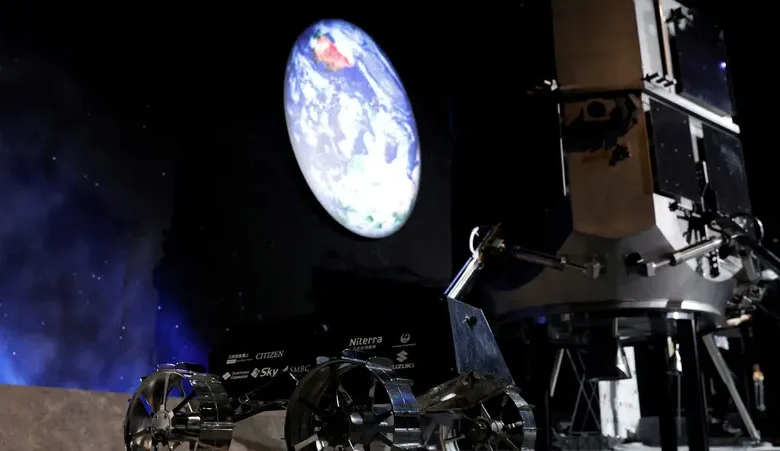Japan becomes fifth nation to land on Moon but craft ‘not generating power’

Japan became on Saturday only the fifth nation to achieve a “soft landing” on the Moon, but its space agency said that the craft’s solar cells were not generating power.
With the Smart Lander for Investigating Moon (SLIM), Japan followed the United States, the Soviet Union, China and most recently India in achieving the feat.
JAXA confirmed that the SLIM “landed on the Moon at 00:20 am on 20 January 2024 (Japan Time). Communication has been established since landing,” JAXA said.
“However, the solar cells are not generating power and data acquisition from the lunar surface is given priority,” it added.
“The SLIM is operated with on-board batteries. The data acquired on landing is stored in the spacecraft, and we are currently working to maximize the scientific results by first transmitting this data back to Earth,” said JAXA official Hitoshi Kuninaka.
Japan’s mission is one of a string of new projects launched in recent years on the back of renewed interest in Earth’s natural satellite.
The Japanese craft — equipped with a shape-shifting mini-rover co-developed by the firm behind Transformer toys — has been designed to land with unprecedented precision.
If all went to plan, it will have landed within a target area just 100 meters (yards) across, far tighter than the usual landing zone of several kilometers (miles).
Success would restore high-tech Japan’s reputation in space after two failed lunar missions and recent rocket failures, including explosions after take-off.
It would also echo the triumph of India’s low-cost space program in August, when it became the first to land an uncrewed craft near the Moon’s largely unexplored south pole.4










